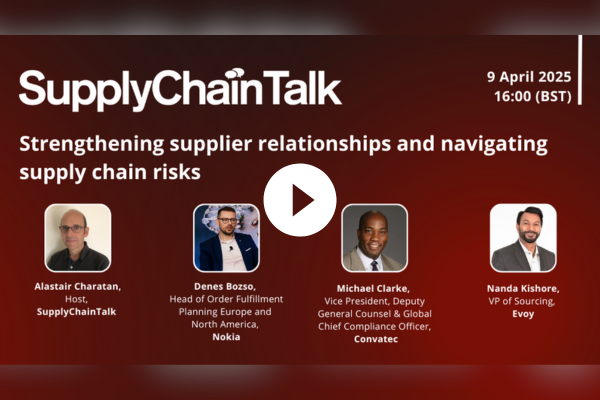FinTechTalk: The future of hyper-personalisation – redefining the customer experience
On 25 March 2025, FinTechTalk host Charles Orton-Jones was joined by Dr Emmanuel Manyonganise, Customer Experience Strategy Advisor, Bank Albilad; and David Gyori, CEO, Banking Reports.
Views on news
Because of today’s e-commerce and travel platform experiences, customers are accustomed to one-stop shopping—it’s become an expectation, not just a want. However, shopping for financial services has always lagged behind the other vertical industries. This has produced a drive to create financial ecosystems with a seamless, holistic shopping and checkout experience.
Hyper-personalisation means that products are tailored to microsegments of customers – in its more advanced form, to a microsegment consisting of a single individual. The key to hyper-personalisation is data, both historic and real time data which reflects the current situation of a client. Hyper-personalisation goes beyond product and services to transform customer support and content as well. While banks have access to all the data, life milestones, property purchases and so on, data is often in silos.
Thanks to the absence of unified data platforms and a full customer view, available data can’t be leveraged to tailor products to personal needs. Personalised apps, for example, can help with currency exchange at the best rate once geolocation data suggests that a client is to fly to a foreign country. Some banks are held back by their legacy system and can create value in the short and medium term but not in the long term without a major digital and organisational transformation. Some personalisation efforts of even digital-native banks only based on geolocation data may look rather scattergun, though.
Where can hyper-personalisation make the biggest difference?
Hyper-personalisation can enhance customer experience and help banks sell the right products to the right individuals, which improves the bank’s risk profile as well. Mortgage apps can give an offer based on the geolocations of the property a customer is considering purchasing. These digital capabilities can be used in wealth management as well.
There is heightened risk that comes with hyper-personalisation – if a bank gets it wrong, it can cause a lot of damage and it can also come across as creepy. Hyper-personalised prices to customers living in wealthy neighbourhoods or having a high salary may sound unfair, once customers start comparing how much they spent for the same product. Innovation, even if the bank doesn’t get it right for the first time, may be appealing to customers, though as they see that their bank is spearheading new solutions.
Even great brands, where the product is the same wherever you go, can be advertised in a personalised way offering customers information regarding discounts close to where they are. Forward-thinking banks must have an overall strategy that is broken down into customer experience, data and marketing strategy too.
Hyper-personalisation can democratise the one-on-one service of wealth management by deploying agentic AI that will learn about investment offers, insurance policies or other products by itself and represent the user’s interests and preferences when suggesting a choice. Banks can benefit from hyper-personalisation through engagement rates of around 40 per cent as well as from the fact thattheir clients are happier to use their apps than social media.
The panel’s advice
- Hyper-personalisation in banking is at an early stage of maturity - at about 3 on a scale of 5, or minus 1 according to David, who is more critical about the personalised experiences that banks currently provide.
- A new pricing-related app can detect when a customer spends a lot of time in a competitor’s app and suggest prices that undercut those of the competitor.

Business Reporter Team
You may also like
Related Articles
Most Viewed
Winston House, 3rd Floor, Units 306-309, 2-4 Dollis Park, London, N3 1HF
23-29 Hendon Lane, London, N3 1RT
020 8349 4363
© 2025, Lyonsdown Limited. Business Reporter® is a registered trademark of Lyonsdown Ltd. VAT registration number: 830519543





